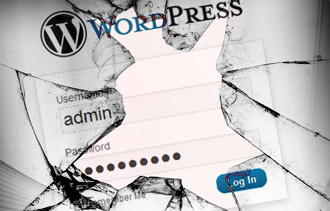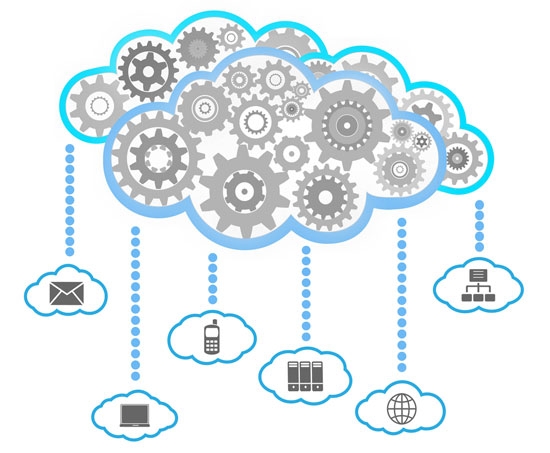Bernard Marr| Linkedin
The cloud, or cloud computing, is not new but it remains a major buzzword in the business and technology world. I would assume that most people know by now what we mean when we say things like: “Simply stick it in the cloud” or “Back up to the cloud”.
However, I recently gave a presentation about Big Data (another one of these buzzwords) to a large business conference and in my discussions afterwards was surprised how many people were not really clear what cloud computing was. So, I promised to write a very short and clear outline of what it is.
Here we go. Cloud computing basically refers to two things:
- Storing data outside your computer (or phone).
- Performing computing tasks using software and applications that are not installed on your computer (or phone).
Instead of storing or computing things on your own machine, we use other computers that are connected to our computer via a network (such as the Internet).
Let’s look at some examples to make this even clearer:
- If you back up your documents and photos over the Internet using services such as Dropbox or Google Drive then they will be stored in the cloud – meaning they are sent via a network to a server (which can be anywhere in the world) where your documents will be stored.
- If you are an iPhone user and have enabled iCloud, then your photos, apps, music etc. will be backed up to a computer managed by Apple. The data will be transferred to that outside computer using the Internet.
- If you are using services such as Gmail, Yahoo or Microsoft Exchange Online for your emails, then you are basically a cloud-computing user. These software applications are not installed on your computer but you are using them over the Internet.
- If you use Facebook, Twitter or LinkedIn, then you are also a cloud-computing user. These services are provided via the internet and your up-dates, photos, videos, etc. are stored on their computers.
This means, cloud computing enables us to increase our storage capacity without the need to buy new hardware. And it enables us to use applications or access music, TV programmes, etc. on demand, via the Internet.
The same applies to companies. If companies want to increase their storage, they can simply move their data to the cloud. This is often a more cost effective solution than buying and maintaining their own data storage facilities. When it comes to software, the same applies. Instead of purchasing software licences, companies can use SAAS providers. SAAS stands for ‘Software as a Service’ and in principle works in the same way as your email providers. Instead of selling the software to clients, vendors provide access to software via the Internet. A good example is Salesforce.com, a cloud-based customer-relationship management software.
Cloud computing also enables ‘big data analytics’, where large volumes of data are analysed using many computers that are connected via a network. The data is stored on different computers and the computing and analysis task is broken up so that individual computers perform small parts of the overall computing task.














great article
great article